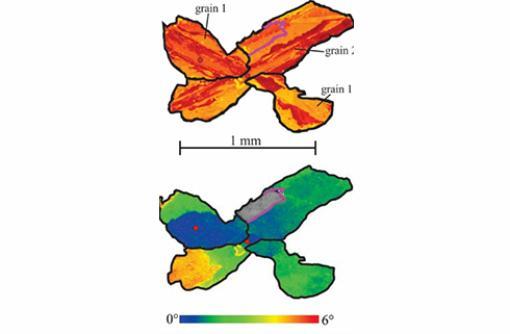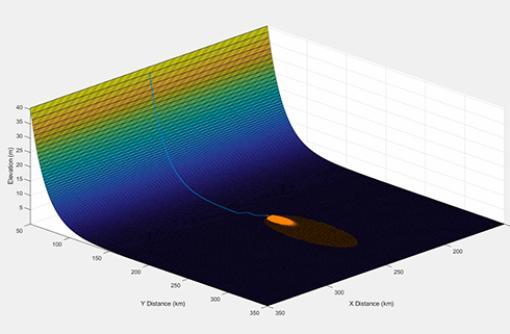Future Energy
Earth Scientists have a key role to play as energy policy shifts away from extraction of fossil fuels to a focus on renewable energy.
Research Highlights
This research theme integrates research in sedimentology, mineral resources, diagenesis, geophysics and geomechanics aspects relevant to both conventional, unconventional, geothermal, and green energy resources. These include work in carbon capture and storage in saline aquifers and old oil and gas reservoirs, and also during of injection of CO2 in ultramafic complexes leading to serpentinization. We also have strong programs in geothermal energy, the development of materials for photovoltaics, and the mining of rare earth elements required for battery technologies.
We are developing mitigation solutions to reduce harmful emissions. Some of our recent projects involve the Future Energy theme.

Geothermal energy is green and renewable. However, getting hot water from underground to where it is needed can be problematic as the fluid pathways get clogged by mineral growth. Our research in this theme aims to better understand how, and why mineralisation processes impact the Earth's subsurface and develop new tools for the environmental and sustainable exploration and utilisation of energy-critical geosystems. We analyse natural and experimental vein systems to understand their physical and chemical evolution.
Contact: David McNamara
Storage of Gas
Storage of gas underground is a key aspect of future energy activities. Storing CO2, thus ensuring it does not enter the atmosphere, can mitigate global warming. Storing hydrogen underground allows it to be available on demand. However, gases can leak and it is essential to understand the geology of the “cap” or “seal” above the storage region, to establish how effectively it will trap the gas. Our research includes characterising the microstructure and permeability of potential cap rocks and understanding the evolution of those properties as the rocks are subject to new pore fluid chemistries.

Contact: Pete Burgess